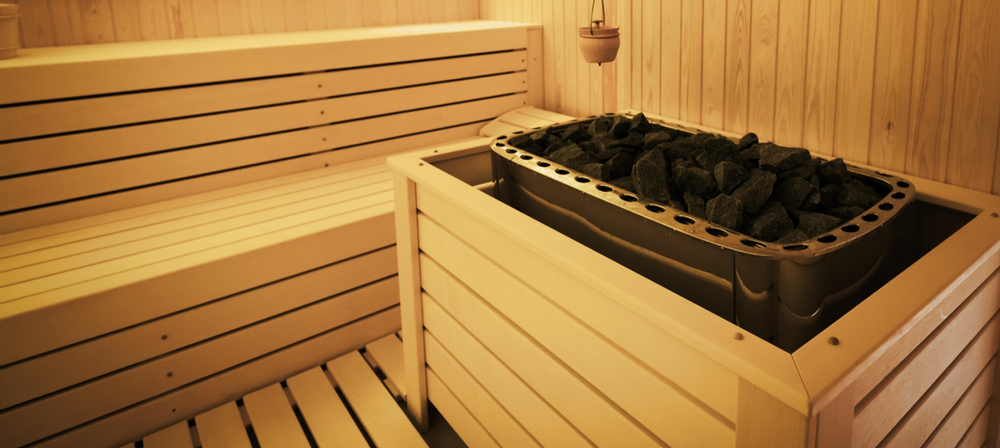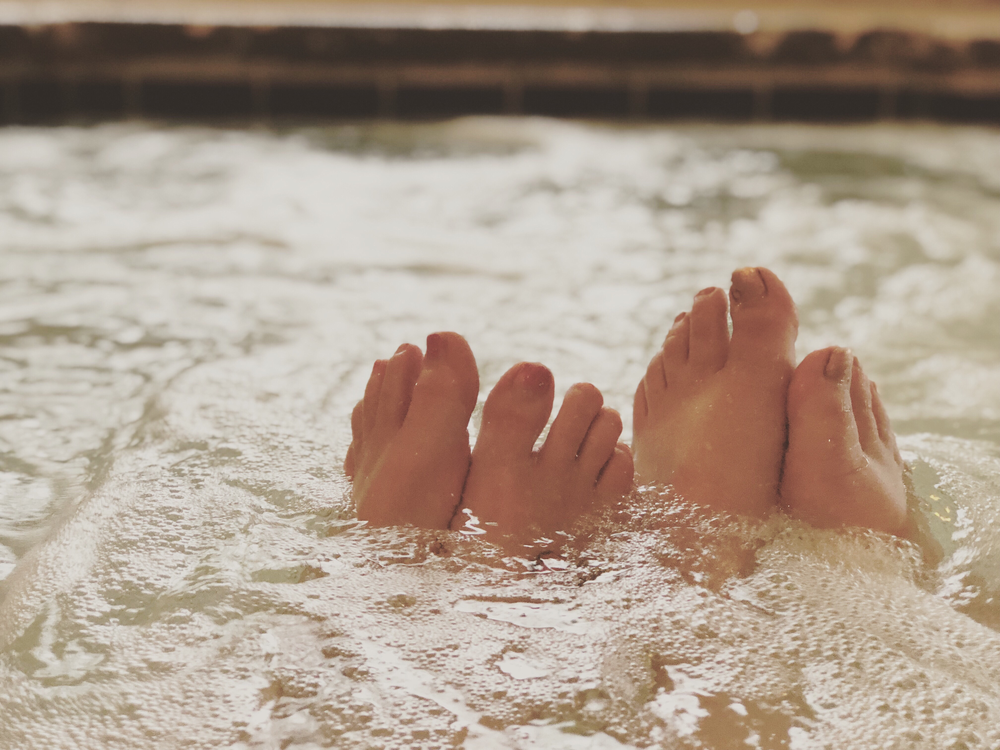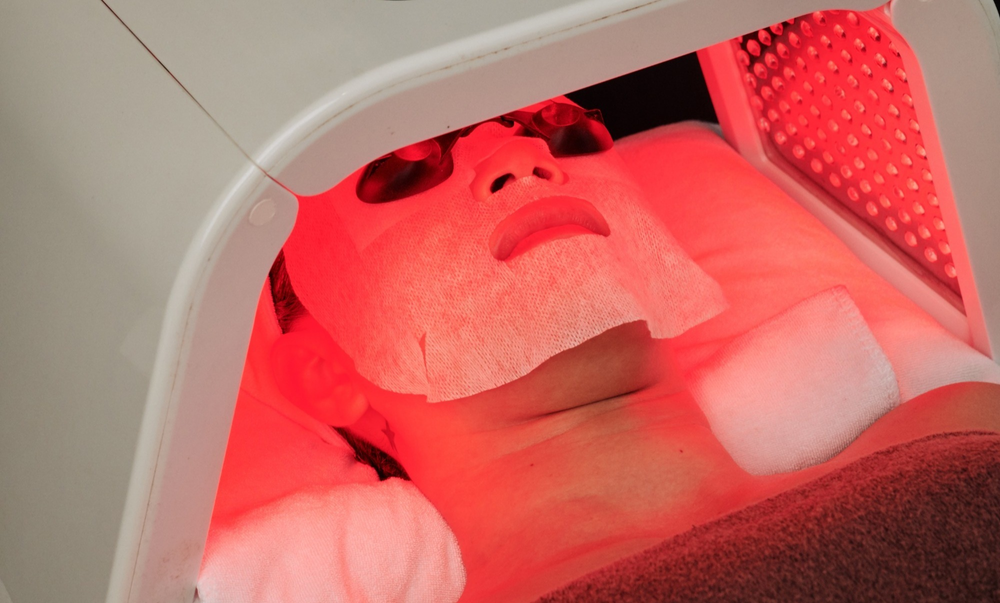In previous posts, we’ve discussed light-based therapies, Vitamin D & sunlight, and how these can affect the body, especially in terms of the current, top-of-mind disease (the novel coronavirus). We’re continuing this theme and this time, we’ll go deeper and into one particular aspect of the light spectrum: infrared light!
What Is Infrared Light?
Infrared light, like UV light, is present in sunshine, but unlike UV light, its wavelengths are pretty big — so big, in fact, that our eyes cannot see them. Instead, we mainly sense infrared light through heat.

Infrared light is what’s involved in heating our skin, as well as in heating water by interacting with the water molecules. Heated stones (like in a sauna) also give off infrared light, and so do certain heat lamps.
Ever heard of red light therapy? That’s another name for infrared light therapy, since the lamps that produce the infrared usually also give off red light (a wavelength of light that is on the visible spectrum, closest to infrared).
How Does Infrared Affect The Body?
Heat shock

Infrared has several interesting effects on the body. When it interacts with water, heating the area close to the skin, it can trigger a cellular response called “heat shock”. Heat shock is a stress response that can help the body protect against some types of cellular damage. It works by protecting the cell’s protein structure, or by fixing the proteins that have incorrect structures.
Heat shock has also been shown to regulate several pathways linked to inflammation and neurodegeneration. Unfortunately, though, no drug has been developed yet to use the heat shock pathway to treat these conditions.
Nitric Oxide
Another way that infrared can affect us is by interacting with the nitrogen molecules in our bodies to produce nitric oxide (NO). NO is a key signaling molecule in several pathways, including circulation and inflammation. We get nitrogen through food, in the form of amino acids, nitrates, and nitrites. Nitrates and nitrites can produce NO, and one of the ways they do is by interacting with infrared light.
Can Infrared Help With COVID-19?
We’ve reviewed how infrared light can help protect the body from things like cell damage, inflammation, circulatory issues, and neurodegeneration— all of which are factors involved in the progression of the COVID-19 disease (especially if the patient already has inflammation or circulatory issues, such as autoimmune disease or heart disease). But does this mean infrared can treat or prevent COVID-19?
Short answer: no.

We don’t yet have the clinical evidence that infrared light is beneficial in any stage of the COVID-19 disease. If anything, it seems to be a solution waiting to be found. With thousands of scientists around the globe hard at work researching the novel coronavirus, someone will probably figure it out soon!
What we do know is, after the early phase of a COVID-19 infection, the virus can induce body-wide inflammation. And this inflammation, which can affect everything from the lungs to the brain, is responsible for the most severe COVID-19 cases and deaths. There is some evidence that blood thinners help reduce inflammation, which begs the question of whether infrared (with its related circulatory effect) would help too.
But again, this connection has not yet been established. We need clinical trials and more detailed human research on the link(s) between infrared and COVID before it can be used in treatment or prevention for this disease.
More Ways Infrared Affects the Body
Muscle Recovery
A few small clinical trials have shown that infrared light therapy after weight training helped participants experience better muscle recovery, including less pain and less inflammation. This could be useful to help with muscle soreness while not having clear side effects.
Cardiovascular Health
Clinical trials have suggested that people who regularly use a Finnish sauna are less likely to experience cardiovascular diseases. However, being part of a group and being less lonely is also linked to better cardiovascular health, so more research is probably needed to make a more distinct connection between saunas, their infrared light component, and cardiovascular health outcomes.
Skin Care

Dermatology is a field with several questionable practices and claims that cannot be proven, but it does have some interesting innovations. Here the use of infrared light seems to help patients who’ve developed uneven skin as well as those who suffer from inflammatory acne.
Infrared Needs More Research
Unfortunately, science does not yet have definitive answers as to exactly how infrared works, but there is substantial evidence that it can bring positive health benefits under specific conditions. The use of infrared light is relatively low-risk, as well as low-cost, so it could certainly use more attention from scientific and medical communities.
This article was co-written by Anna Michel and Bruno Queliconi, Associate Specialist at the University of California, San Francisco.